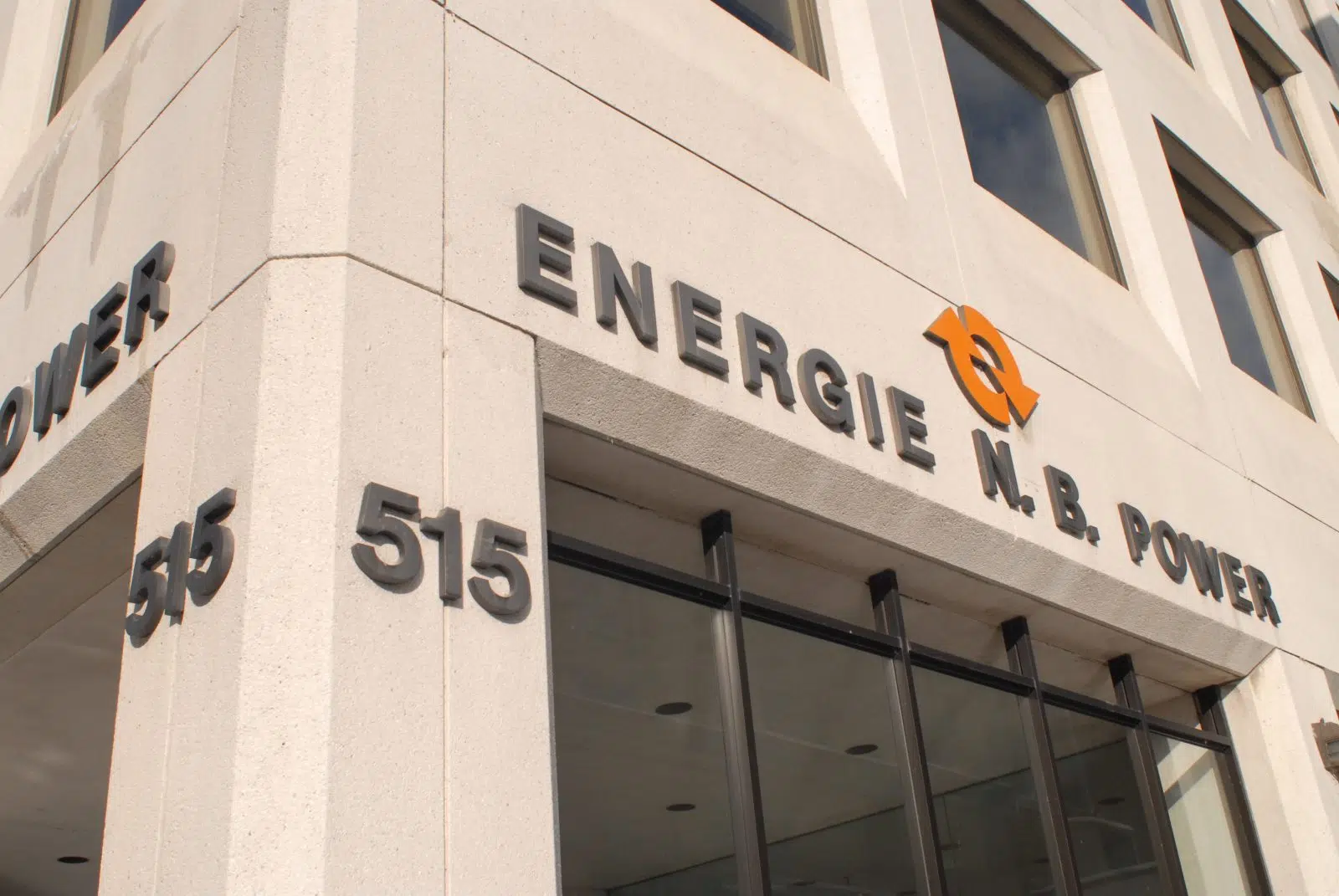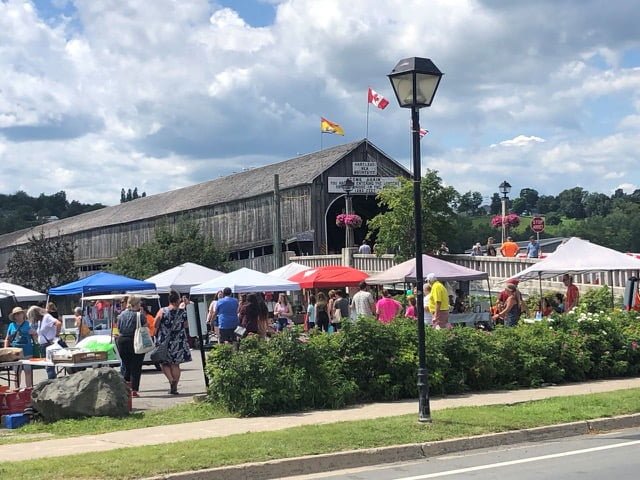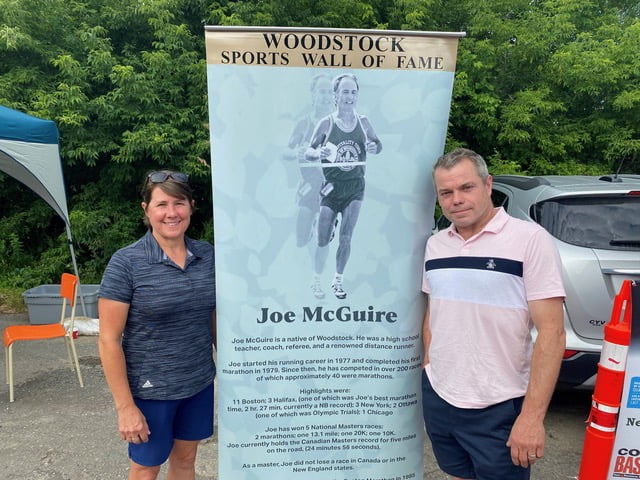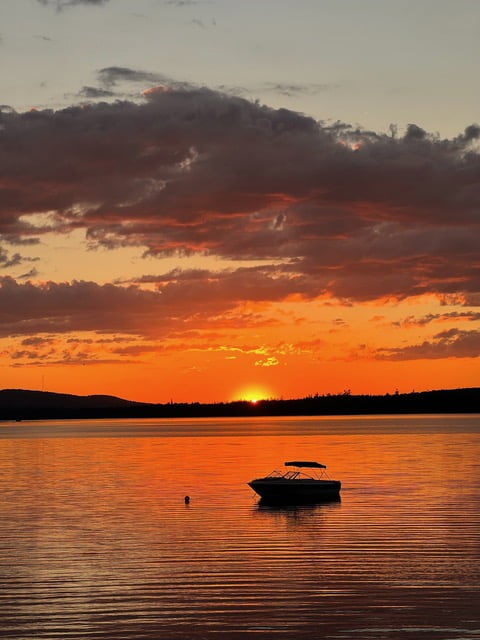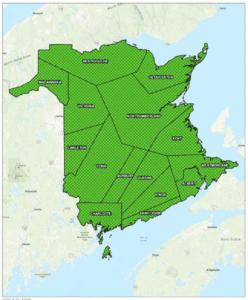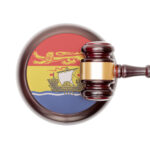NB Power won’t disclose terms of contracts it signed with Indigenous groups
By John Chilibeck, Local Journalism Initiative Reporter, The Daily Gleaner
First Nations in New Brunswick hope to cash in on four big new wind projects, but just how much it will cost people paying the bills remains a secret.
NB Power, the public utility that forged the deals announced in May, won’t disclose the terms of the deals.
“We don’t comment on the specifics of power purchase agreements, as the details are commercially sensitive and subject to confidentiality provisions,” said NB Power spokeswoman Elizabeth Fraser in an email to Brunswick News.
She insisted there was a safeguard: all of the agreements’ costs are subject to review by the New Brunswick Energy and Utilities Board, the province’s independent regulator that holds rate hearings every time NB Power wants to charge customers more.
“All power purchase agreements are negotiated to be cost effective for New Brunswickers,” Fraser added.
NB Power’s costs have been under scrutiny lately because rates over the last two years have increased by nearly 20 per cent, significantly higher than inflation.
When December’s bills came out, the first cold month after rates were hiked significantly, NB Power’s switchboard and provincial politicians were flooded with complaints.
The public utility has also been under increasing pressure for more than a decade to pay off a substantial portion of its debt. The red ink has reached $5.8 billion, just as significant investments are required at large power stations, such as Mactaquac, Point Lepreau, and Belledune, to keep them running safely.
As part of its mandate to reduce greenhouse gases, NB Power announced in May it had forged what it called four low-cost renewable energy projects.
It signed deals with Indigenous leaders to add 450 megawatts of wind energy to the grid over the coming years, enough to power more than 200,000 homes.
All of the deals are structured in a similar way. NB Power solicited bids for renewable energy projects to be built at the developers’ expense, with a guarantee that the public utility would purchase power from them at an agreed-upon rate for 25 years.
The First Nations teamed up with companies that have expertise in developing wind farms. Both sides will then borrow millions to invest in the project, with the First Nation holding a majority stake, and subsequently pay off the loans as they generate profits from selling the energy to NB Power.
It’s a way NB Power can avoid borrowing large amounts of money and maintaining expensive infrastructure.
The largest of the four is the estimated $700 million Salmon River project, which could become the province’s largest wind farm.
A 200-megawatt energy project is being developed southeast of Sussex by Wolastoqey Resource Developments Inc., in partnership with Natural Forces. All six Wolastoqey communities in western New Brunswick could profit from it, even though it will be built more than 100 kilometres from the nearest reserve.
Gabriel Atwin, the chief of Bilijk (Kingsclear First Nation), said in an interview that the project was an opportunity for the entire Wolastoqey Nation to develop clean energy.
“It will be substantial revenues for us once everything is cleared,” he acknowledged. “I don’t have a ballpark number. It’s a 25-year project, and 200 megawatts, so it’s a lot of revenue that will help all our communities.”
Pushed on how much it would be worth in profit – millions or tens of millions – he said, “It’s gonna be substantial. It should be anyways, provided everything goes well.”
Atwin stressed that First Nations want to help develop projects that don’t harm the environment, as the Mactaquac hydroelectric dam did, which killed salmon, a sacred species for his people.
“There’s a lot of damage that has been done to Turtle Island,” the chief said, referring to the name Indigenous people use for the continent of North America.
“We have to find new ways. If we want to keep our seven gen- erations going, we have to make sure we sustain life. We have to find alternatives on energy projects to protect Turtle Island and Mother Nature.”
Still, Glen Savoie, the interim leader of the Progressive Conservatives, was critical of NB Power for keeping the deal under wraps.
“NB Power is a public utility. It is a cost-of-service utility. So, in other words, the rates that we pay are based on the cost NB Power has to deliver it. If we have companies doing business with NB Power that won’t publicly disclose what NB Power is paying them, how do we know ratepayers are getting the best possible rates for the electricity?”
He said wind power is intermittent – turbines don’t turn when there’s too little or too much wind, meaning NB Power will still need plenty of baseload backup power, which can be expensive.
“I don’t even know how the structure of these deals work, so it’s difficult to assess if there’s a benefit to ratepayers,” Savoie said.
“We all know we need to build a more resilient grid. But details matter. Ratepayers are under increasing pressure to pay higher electricity bills. All we want to know is, is this new arrangement going to ease the pressure on ratepayers or make it worse?”
A spokesperson for Natural Forces, the firm that will build the 200-megawatt plant, most likely in 2027 or 2028 once it has acquired all the necessary permits, defended the business model.
Austen Hughes, a vice president with the firm in Halifax, said that, like many of its projects, the two partners borrow up to 80 per cent of the project’s cost and then contribute their own funds for the remainder.
However, he was unwilling to disclose the equity stake between the two sides or their potential profits.
“It’s capital intensive upfront, but with the power purchase agreement we have with NB Power, it allows us to sell every kilowatt hour for the price that’s defined in the agreement,” he said. “The revenues between the partners are generally consistent throughout the term. It allows for stable payments over the long term.”
He disagreed that NB Power could be paying too much.
“The lower price we can offer NB Power, the more likely we would win the bid,” he said. “There are all sorts of quantitative assessments, but price is very important. We and the Wolastoqey would establish a return on investment that we feel is commensurate with the risk we are taking.”
Hughes said there was a lot of competition for the contract, which ultimately would be beneficial for ratepayers, even if the winning bid remains secret.
“If we bid too high a price, we would not win. It’s as simple as that.”


